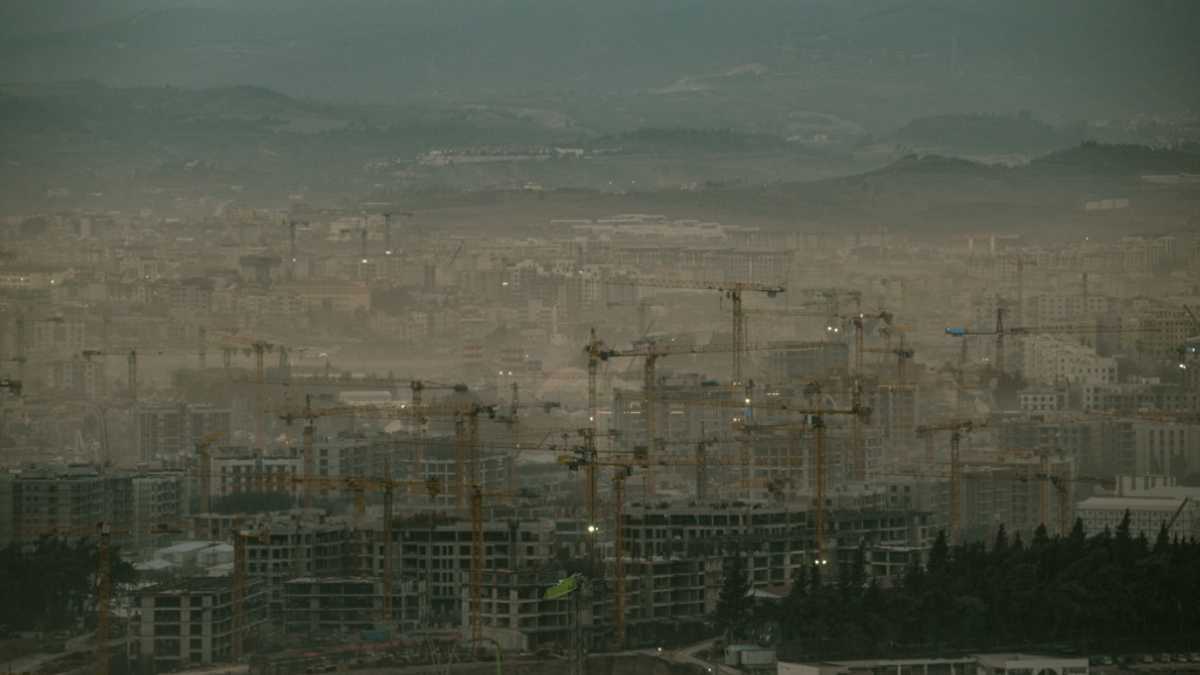Two years after the earthquake, Antakya has been transformed into a vast building site.
Photo: Ozan KOSE / AFP
Source: AFP
Whenever Sema Genc enters a room, the first place she looks is the ceiling: would it hold up in an earthquake, or would she be trapped under the rubble again?
“That fear is always with you,” said the 34-year-old, whose home in Antakya collapsed on top of her in a 7.8-magnitude quake that devastated swathes of southern Turkey in the early hours of February 6, 2023, killing her entire family.
“They got up and I woke up when they opened my door. Suddenly the building collapsed. I was caught in my bed but they were directly under the debris in the corridor. They died within minutes,” said Genc, who works for an NGO helping Syrian refugee children.
Trapped under the rubble, her legs crushed and scalded by boiling water from a broken radiator, she spent 36 hours screaming for help before someone came to the rescue.
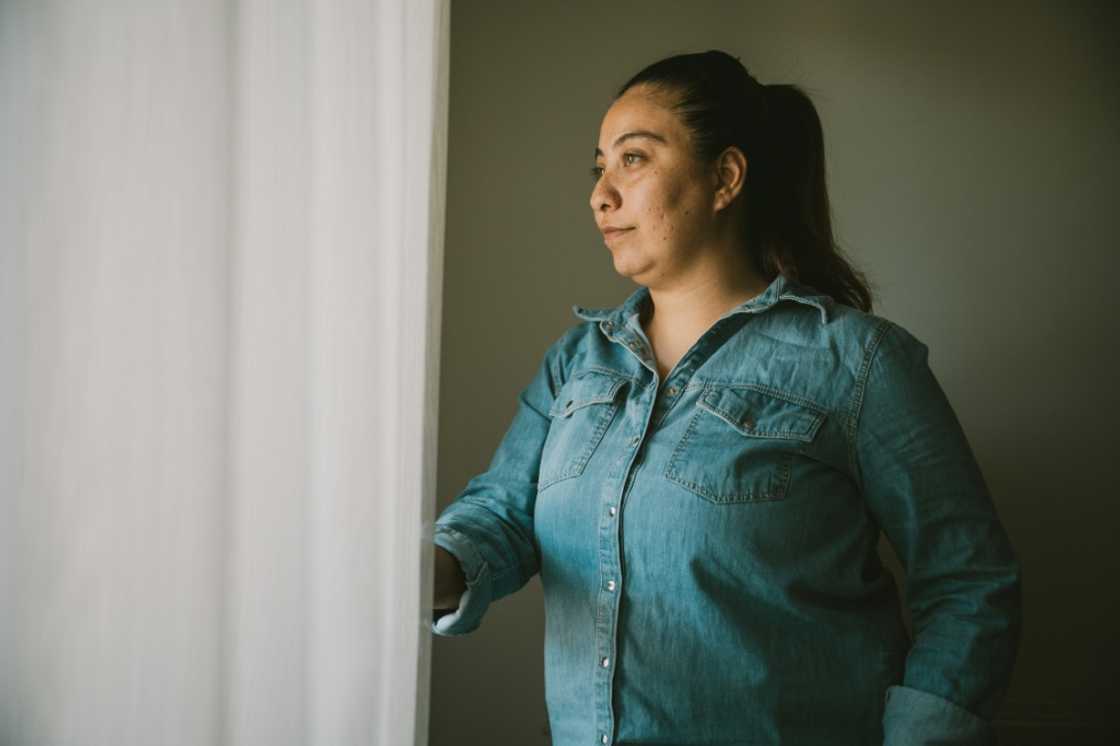 Sema Genc was trapped under the rubble for 36 hours after her home in Antakya collapsed on top of her.
Sema Genc was trapped under the rubble for 36 hours after her home in Antakya collapsed on top of her.
Photo: Ozan KOSE / AFP
Source: AFP
“It wasn’t the earthquake but the destruction of our home that took my whole family from me. I feel really angry with those who built it,” she told AFP.
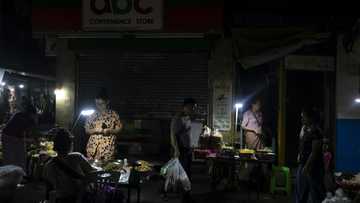
Read also
Seeking light in dark times four years after Myanmar coup
The powerful quake and its multiple aftershocks wreaked havoc, leaving 53,725 people dead and 107,000 injured.
It razed 39,000 buildings and left another 200,000 severely damaged, figures from Turkey’s AFAD disaster agency show. Nearly two million people were left homeless.
No place was worse hit than Antakya, the site of the ancient city of Antioch, where 90 percent of its buildings were lost and more than 20,000 people died in the town and the surrounding Hatay province that borders northwestern Syria.
Concrete jungle
Although countless tonnes of rubble have been removed, parts of the historic centre still look like a war zone.
Elsewhere wide expanses have been cleared for construction, transforming Antakya into a vast sprawling building site, its ancient skyline marked by a tangle of cranes and an ever-present haze of dust.
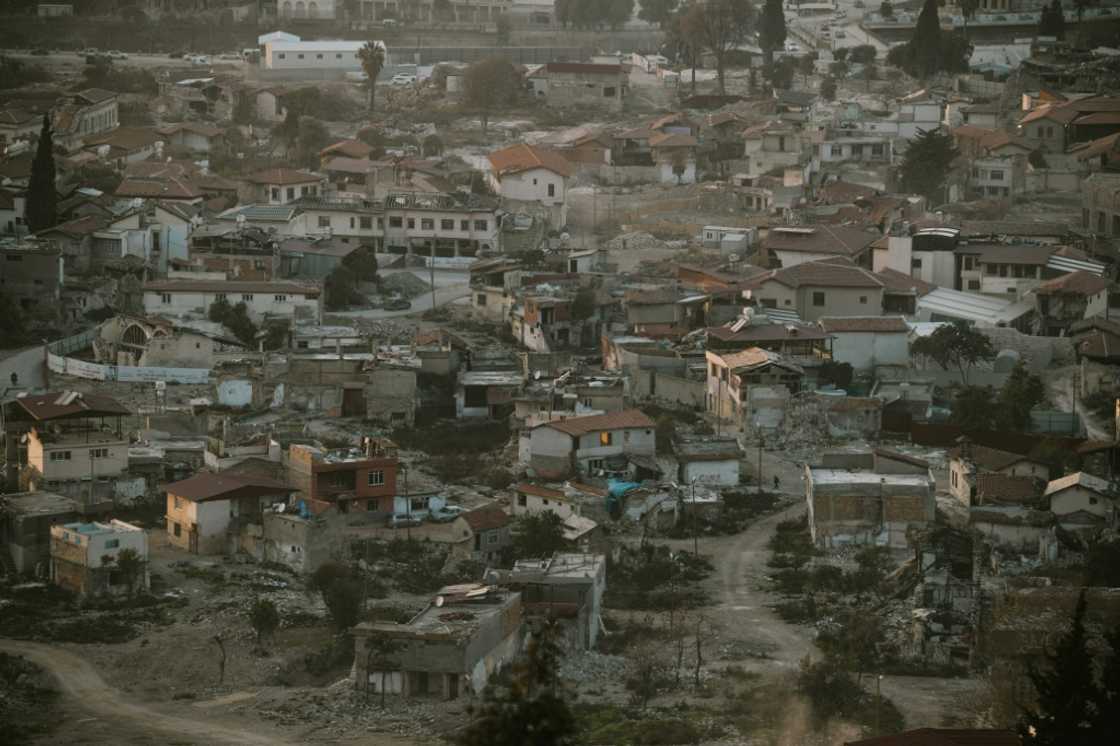 Although countless tonnes of rubble have been removed, parts of Antakya’s old town still look like a warzone.
Although countless tonnes of rubble have been removed, parts of Antakya’s old town still look like a warzone.
Photo: Ozan KOSE / AFP
Source: AFP
“It’s been a really long wait but of course the city was demolished,” sighed Atilla Cicekci, a 57-year-old father-of-three standing in his family’s makeshift encampment built around a 21-square-metre container.

Read also
Girl accused of causing death of her ex-boyfriend and 4 others with pepper soup freed
He’s applied for the government lottery to get a home built by the state-run TOKI housing agency but his number has not yet come up.
“All the new construction makes you hopeful and it’s good they’re working fast, but we just want a place to shelter.”
TOKI architect Deniz Eskiocak, who is overseeing the construction of 482 apartments and 24 commercial units within a year, said their 324 builders were working round the clock to get everything done.
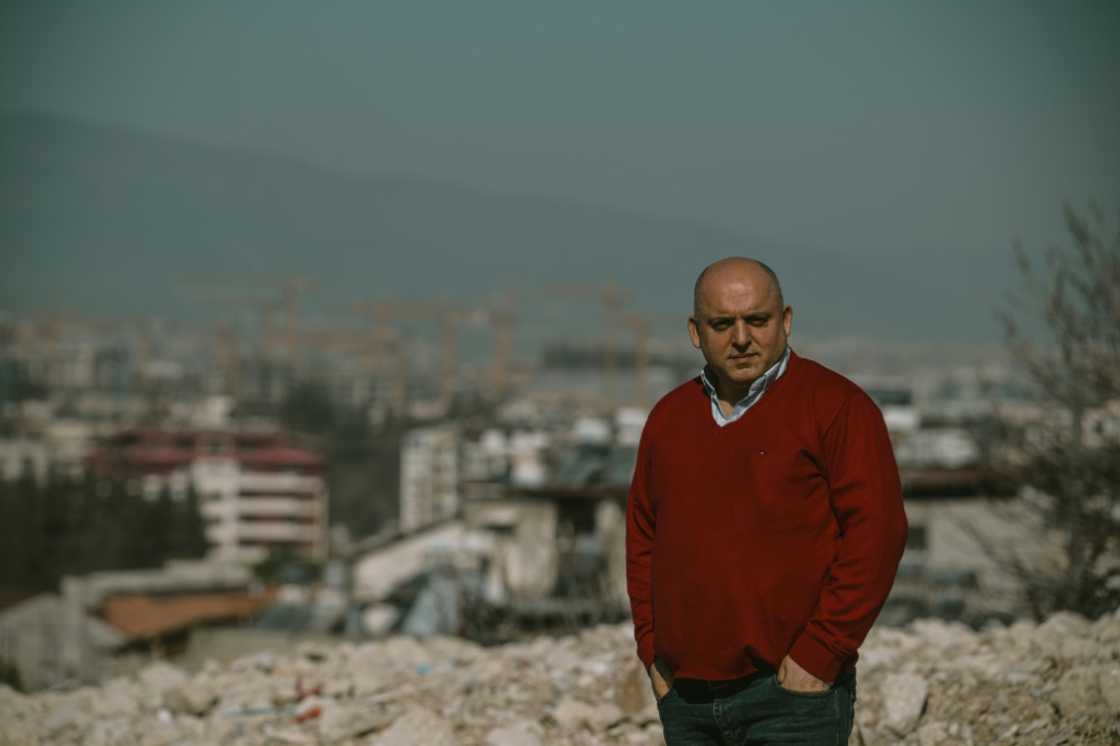 Father-of-three Atilla Cicekci is still waiting for his name to come up in a government housing lottery.
Father-of-three Atilla Cicekci is still waiting for his name to come up in a government housing lottery.
Photo: Ozan KOSE / AFP
Source: AFP
“I have to make it happen quickly while ensuring that all the right procedures are followed so it’s safe. We have poured a lot of concrete at 2:00 or 3:00 am,” she told AFP at the massive construction site.
By January 26, the environment ministry said it had handed over 201,580 homes and businesses across the quake zone, promising a total of 453,000 by the year’s end.
Under scrutiny
The construction is drawing scrutiny from still-homeless survivors who by the end of October still numbered 670,000 living in 218,000 containers, AFAD figures show.
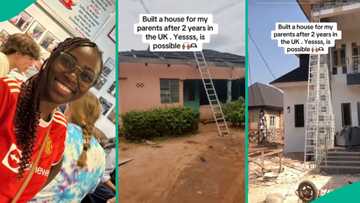
Read also
Lady demolishes parents’ old village house, builds new one after staying 2 years in UK
“The hardest thing is making them stay away from the construction sites because it’s dangerous. They want to see even the smallest jobs being done to ensure everything is done right,” said Eskiocak.
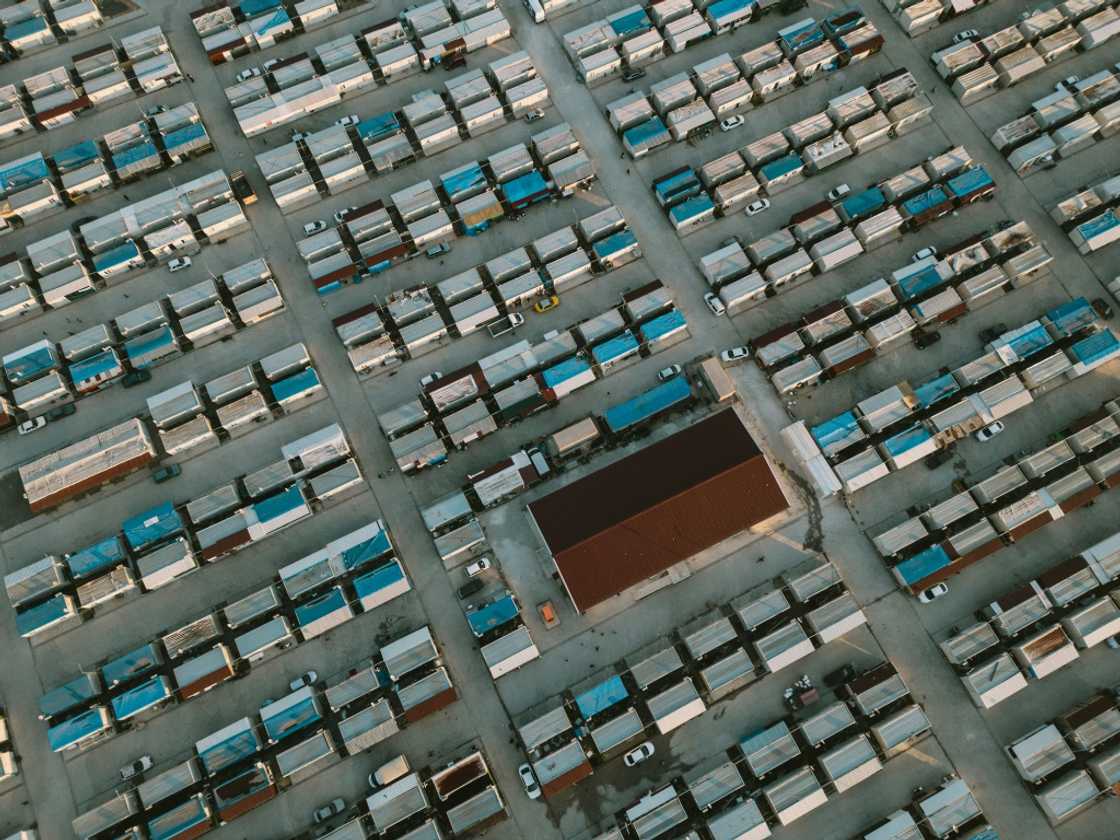 Some 670,000 people are still living in container homes across the quake-hit region, figures from Turkey’s AFAD disaster agency show.
Some 670,000 people are still living in container homes across the quake-hit region, figures from Turkey’s AFAD disaster agency show.
Photo: Ozan KOSE / AFP
Source: AFP
One of those was Genc, the NGO worker rescued from the rubble.
She spent five months in hospital and underwent seven reconstructive operations before moving into a container.
Eventually, she won a lottery place and in November moved into the newly built Gulderen estate located on a once-empty hillside north of Antakya.
“Maybe if I’d moved in without seeing the construction phase, I might have had doubts. But we saw with our own eyes the concrete, how much steel was used to build it, and how the foundation was properly laid,” she told AFP in her fourth-floor apartment.
“Maybe if this earthquake hadn’t happened, nobody would have paid that much attention to the construction of a normal building. But now everyone is looking to see if we’ll be able to live safely.”

Read also
Facing Bolivia’s economic crunch with toy houses, fake banknotes
Earthquake-proof?
The collapse of so many buildings in one of the world’s most earthquake-prone areas pointed to the greed of unscrupulous developers and corrupt bureaucrats who rubber-stamped unsafe projects on unsuitable land with substandard materials, experts say.
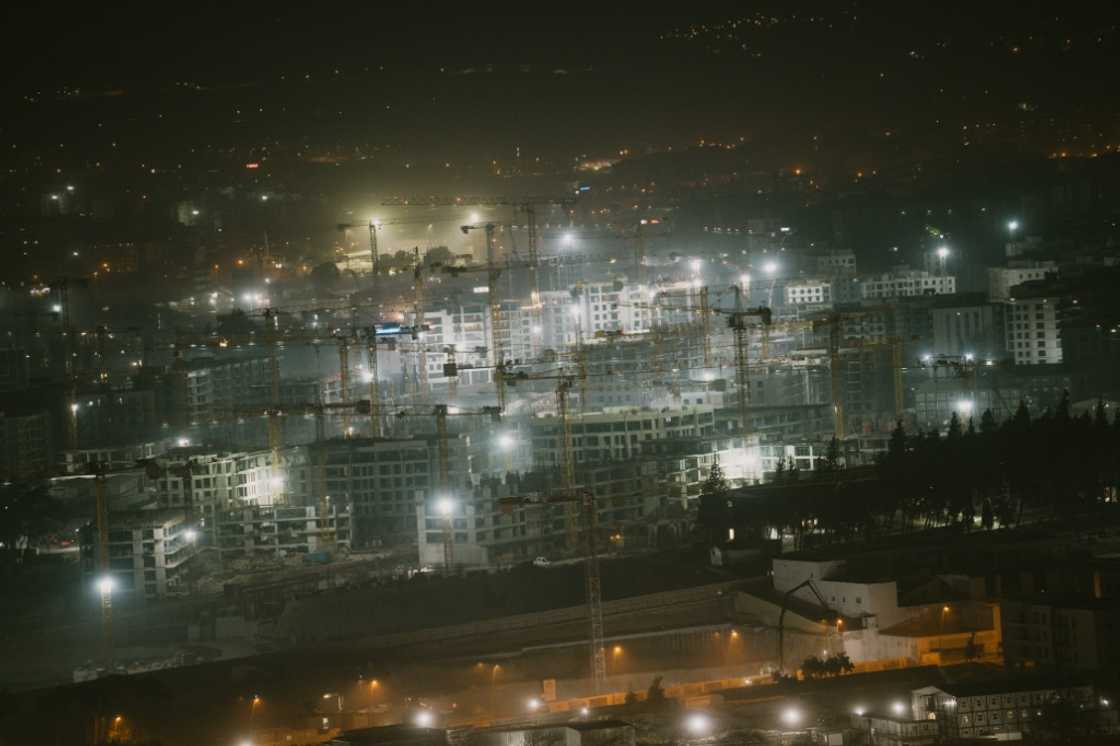 Workers from the government’s TOKI housing agency often labour late into the night to get as much done as possible.
Workers from the government’s TOKI housing agency often labour late into the night to get as much done as possible.
Photo: Ozan KOSE / AFP
Source: AFP
Mustafa Arslan, TOKI’s chief engineer in Hatay province said showing people their buildings that withstood the quake had done a lot to increase public confidence.
“Whether it’s the diameter of the reinforced steel bars, the quantity used, or the class of concrete, it all passes certain inspection mechanisms,” he told AFP on the Gulderen estate.
“If there’s a new earthquake, we’re confident these homes will stand.”
A few weeks after Genc moved in, there was another pre-dawn earthquake, albeit a “small” tremor measuring about 4.5.
“It was what we were most afraid of when we came here. At first, we were scared, but when we got up, we realised it was OK,” she said.
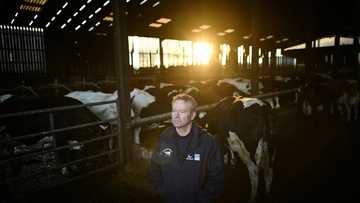
Read also
Tax change sows anger on England farms
“This place gives me confidence,” she smiled, banging her fist on the walls.
“Here I feel really safe.”
PAY ATTENTION: Сheck out news that is picked exactly for YOU 
Source: AFP
